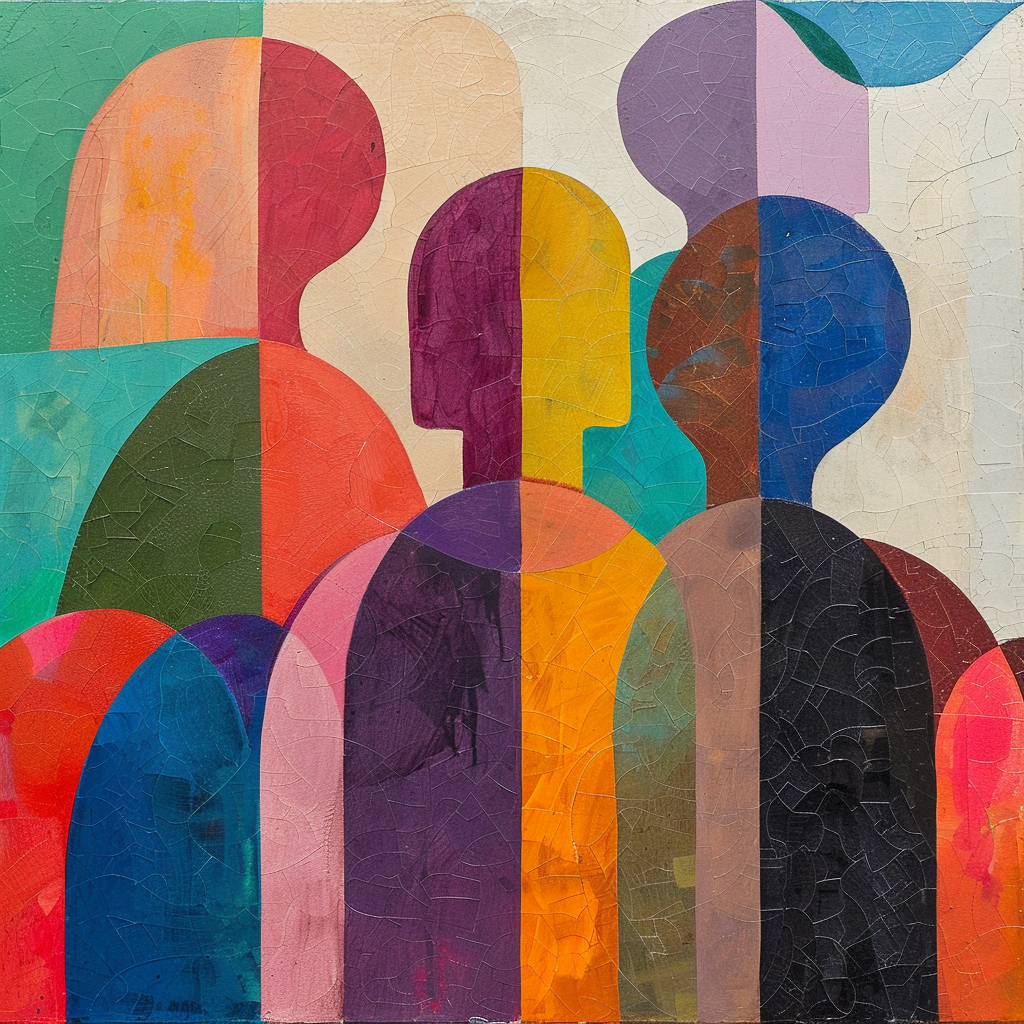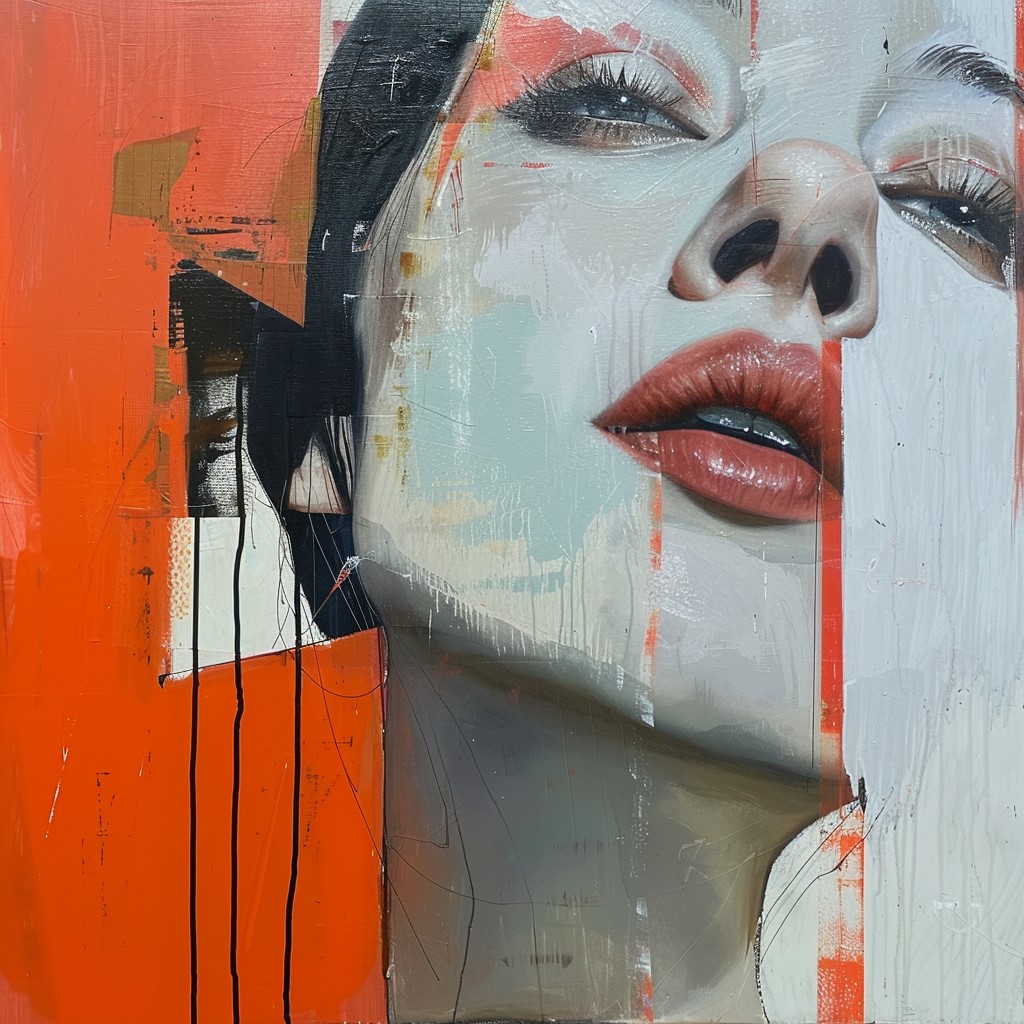A personal report on Berlin’s vibrant tango scene, a cultural journey through dance and music, its venues, and how Berlin became Europe’s tango stronghold.
It is often said that Berlin has the second-largest tango community in the world after Buenos Aires, and that there’s hardly a city outside of Argentina with as many tango dancers and events as Berlin. Is this true? If so, how did tango find its way to Berlin?
Tango originated in the late 19th century in Buenos Aires and Montevideo as a dance for the poor that began on the streets. The melancholic-sounding bandoneon is the most important instrument and is inseparable from the Argentine tango. Surprisingly, its roots lie in Germany’s Ore Mountains, where these instruments were made 150 years ago and continue to be crafted today. Without them, there would be no Argentine tango. Yet, this alone isn’t enough to bridge the gap to Germany. In the early 20th century, Argentine musicians travelled to Paris to record their music, which led to tango first arriving in Paris and then in Berlin, where the first tango tournament was held at the Admiralspalast in 1913.

Tango am Reichstag © 2022 by abbilder is licensed under CC BY 4.0
Summer is always a special highlight for tango dancers. Tango thrives in the semi-darkness, in the evening, as the city recovers from the heat. In many places across the city, people meet outdoors. On a Berlin summer weekend, at least 40 open-air milongas (social dance events) take place, totaling over 500 throughout Germany, not including the many festivals. There are also numerous indoor venues, many tango schools, and countless smaller rehearsal spaces scattered across the city for practicas, where people practice. There’s even a special tango app for these events.
Tango almost vanished during the coronavirus pandemic due to the risks posed by close-contact dancing, but in the two following summers, a veritable tango wave swept over the city and took me with it. For the past few years, I had been searching for something new to inspire me outside my everyday life and work. But above all, I wanted to dance again. I felt a little too old for Berlin’s club scene, even for a Sunday night at Berghain. To be honest, I also wanted to distract myself from the dystopian news of the world and lose myself in another world. If the Titanic is sinking, I thought, the music will play until the end—and I could dance to it. Somehow, that image was comforting.
In spring, a friend who’s a flight attendant told me that tango is a kind of “universal language” and she always brings her tango shoes along, no matter where she flies. With tango and milongas almost everywhere, you quickly make friends and are never alone, even when traveling solo.
I had always wanted to try tango. I love dancing, I’m passionate, coordinated, and don’t shy away from meeting new people. I thought of Al Pacino’s movie Scent of a Woman (1992): gliding across the dance floor to melancholy music, eyes closed, guided by a firm lead. That’s roughly how I imagined it.
Inspired, I delved into my new project and explored Berlin’s tango scene. I learned that in 2009, UNESCO declared tango’s music, dance, and poetry as cultural assets worthy of protection, making it a World Heritage. This recognition explains why tango is so much more than other Latin American dances.
May finally arrived, and with it, summer returned to Berlin, providing the perfect time for tango. The number and diversity of Berlin’s milongas are unparalleled. The ever-changing people panoramas that form every night are fascinating, like urban social sculptures. Whether in Clärchens Ballhaus, Roter Salon at Volksbühne, or the beautiful open-air milonga at Monbijoupark, tango is deeply ingrained in Berlin’s nightlife. Even the legendary KitKatClub, which is known for more than just dancing, hosts extravagant tango nights (Tango Rouge).
However, my first challenges in learning tango quickly became apparent: I had to find a dance partner. After contacting all the tango schools without success, I signed up on a website for finding partners for different sports—a kind of “sports Tinder.” After signing up and receiving the first messages, I wanted to give up immediately due to ambiguous offers. For many, tango is another form of dating. Luckily, through a friend, I was introduced to another beginner, and we attended practicas to practice over the next few weeks. There are beginners, but also advanced dancers, looking to perfect their moves.
We were fortunate to be recommended to Luciano de Esbornia as a teacher. He’s one of the best and most well-known tango instructors in the city. The first thing Luciano did was dispel many misconceptions. Tango, he said, is a “social dance” born on the streets. The fuss around high-slit skirts, tight dresses, and high heels only emerged in the 1960s, and much of what is commonly known, like the “flip-over,” is simply show dancing. Most importantly, he explained there isn’t a set sequence of steps in tango. Everything is improvised. The man leads, but both partners remain in close communication, always maintaining tension with each other.
I have to admit, I found it much more challenging than expected and was overwhelmed initially. I quickly realized it wasn’t about memorizing steps but mastering a “technique.” Tango, Luciano explained, has a structure in which there is a leader and a follower. However, this doesn’t mean one dominates and the other obeys, debunking another tango myth.
My first visit to a milonga was at Monbijou Park, one of Berlin’s most famous open-air dance events. Many dancers arrived late. While passionate, tango is a quieter dance compared to other Latin American styles and is perfect for hot nights. Several bar spotlights illuminated the Spree River, reflecting on the Bode Museum’s facade. Colorful lanterns adorned the dance floor. Some came as couples, while others found partners on the spot. Anyone curious first ordered a glass of wine and watched the scene in awe and fascination—just like I did. I was struck by the eclectic crowd and the physical transformation that happened when the music started: seemingly sedate men glided elegantly across the floor with their partners, changing partners effortlessly. The dance appeared to embody a meditative sensual calm. Each couple existed in their own cosmos, fully engrossed. Women were invited to dance with eye contact and a subtle nod. It seemed old-fashioned but charming. I watched as couples danced harmoniously in the “ronda,” the flow of all couples on the floor. Newcomers quickly learn there are traffic rules to follow in the ronda. It was heartening to see everyone, young or old, united in their desire to dance.
The heady scent of lime blossoms mingled with the achingly beautiful music and nostalgia reflected in the dancers’ dress code. I sensed that what looked so graceful and effortless required immense practice. I politely declined several dance offers, embarrassed. A milonga wasn’t the right place for a beginner to learn, so I decided not to return until I was more skilled.
Dancing tango means surrendering to the music, the dance partner, the rhythm, and to being different. It’s a bit like losing oneself in another world, a blend of letting go and maintaining tension. Tango is also about human encounters. It’s about flowing and dialoguing with your partner. In addition to my private lessons, I’ve now found a great dance partner, and we attend practicas and milongas together. However, there’s no strict rule about fixed partners in tango, which is another valuable lesson tango offers about life.














